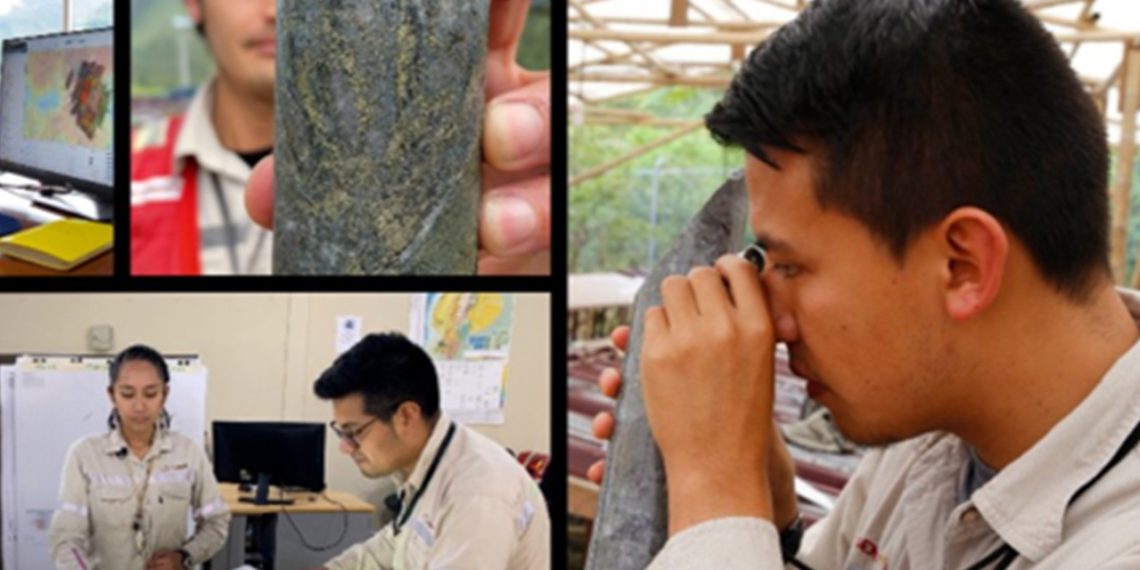Copper-gold producer, SolGold, has reduced its capital expenditure in a newly completed pre-feasibility study (PFS) for its flagship Cascabel Project by a whopping US$1B.
The updated PFS supports a phased block cave mine, which is 100%-owned through SolGold’s Ecuadorian subsidiary, Exploraciones Novomining S.A. (ENSA).
Compared to previously considered development scenarios, the phased approach block cave mine requires substantially less upfront cash to develop. The approach gradually scales up operations, effectively managing costs and minimizing financial risk.
Overall, the study has revealed promising results, highlighting an NPV8% of C$5.4B, and a strong internal rate of return of 33%. After-tax calculations show an NPV8% of US$3.2B, a 24% IRR, and a four-year payback period from the start of processing.
The average production is projected at 123Ktpa of copper, 277Kozpa of gold, and 794Kozpa of silver, with peak copper production of 216Ktpa. The pre-production capital is estimated at C$1.55B for the initial mine development, first process plant module, and infrastructure.
SolGold has reiterated that the Cascabel Project reflects its commitment to responsible and sustainable mining practices, including the use of renewable energy (hydropower) and an environmentally conscious project footprint reduction. The current mine plan exploits only 18% of the Alpala measured and indicated mineral resource through a 28-year mine life, indicating the mine’s potential to be a multi-generational asset.
Scott Caldwell, CEO, and president of SolGold Ecuador, commented on the project’s potential: “Cascabel is not just a mining project; it’s a promise of responsible mining, lasting value for all stakeholders and a sustainable legacy for the planet. With reduced capital needs and lower risk compared to previous approaches, together with our ongoing commitment to sustainability and responsible mining, Cascabel is more than copper and gold; it’s a story of innovation, collaboration, and a vision for a greener and more prosperous tomorrow for the people of Ecuador. This study was conducted with the best outcomes for all our stakeholders in mind.”












